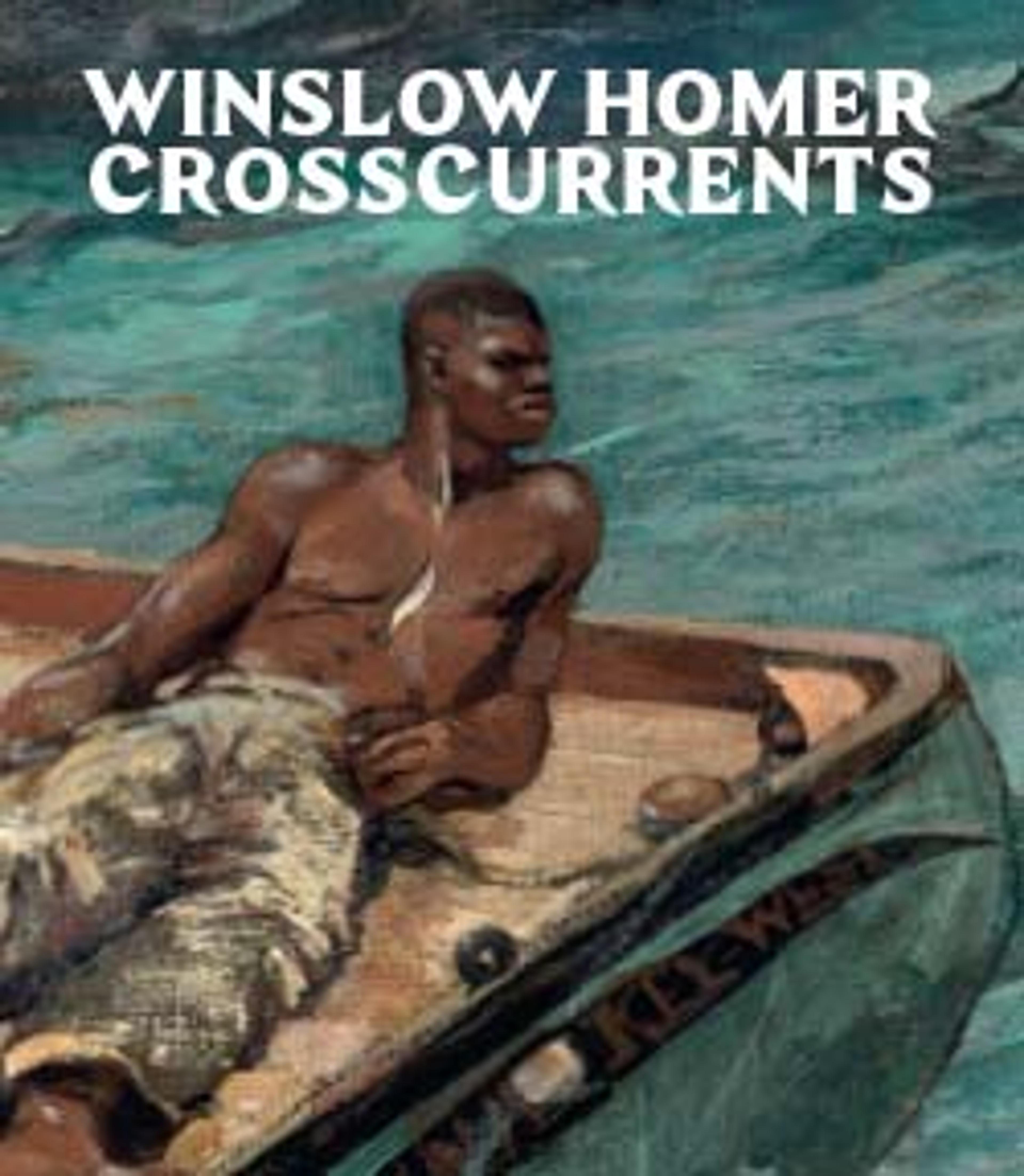Eagle Head, Manchester, Massachusetts (High Tide)
After the Civil War, Homer often explored women’s new societal roles in his art. This modern leisure subject confounded critics when it was first exhibited in New York, in 1870, perhaps for its disquieting sense of voyeurism and mystery. Emerging after a swim, a woman wrings out her heavy bathing clothes and hair as a small dog appears startled by dripping water. Some viewers focused on issues of decorum and class, criticizing the women’s state of undress—even though they wear typical bathing costumes of the era—and one described them as "exceedingly red-legged and ungainly."
Artwork Details
- Title: Eagle Head, Manchester, Massachusetts (High Tide)
- Artist: Winslow Homer (American, Boston, Massachusetts 1836–1910 Prouts Neck, Maine)
- Date: 1870
- Culture: American
- Medium: Oil on canvas
- Dimensions: 26 x 38 in. (66 x 96.5 cm)
Framed: 38 3/8 x 50 1/4 x 5 1/4 in. (97.5 x 127.6 x 13.3 cm) - Credit Line: Gift of Mrs. William F. Milton, 1923
- Object Number: 23.77.2
- Curatorial Department: The American Wing
Audio
4584. Eagle Head, Manchester, Massachusetts (High Tide), Part 1
0:00
0:00
We're sorry, the transcript for this audio track is not available at this time. Please email info@metmuseum.org to request a transcript for this track.
Listen to more about this artwork
More Artwork
Research Resources
The Met provides unparalleled resources for research and welcomes an international community of students and scholars. The Met's Open Access API is where creators and researchers can connect to the The Met collection. Open Access data and public domain images are available for unrestricted commercial and noncommercial use without permission or fee.
To request images under copyright and other restrictions, please use this Image Request form.
Feedback
We continue to research and examine historical and cultural context for objects in The Met collection. If you have comments or questions about this object record, please complete and submit this form. The Museum looks forward to receiving your comments.
